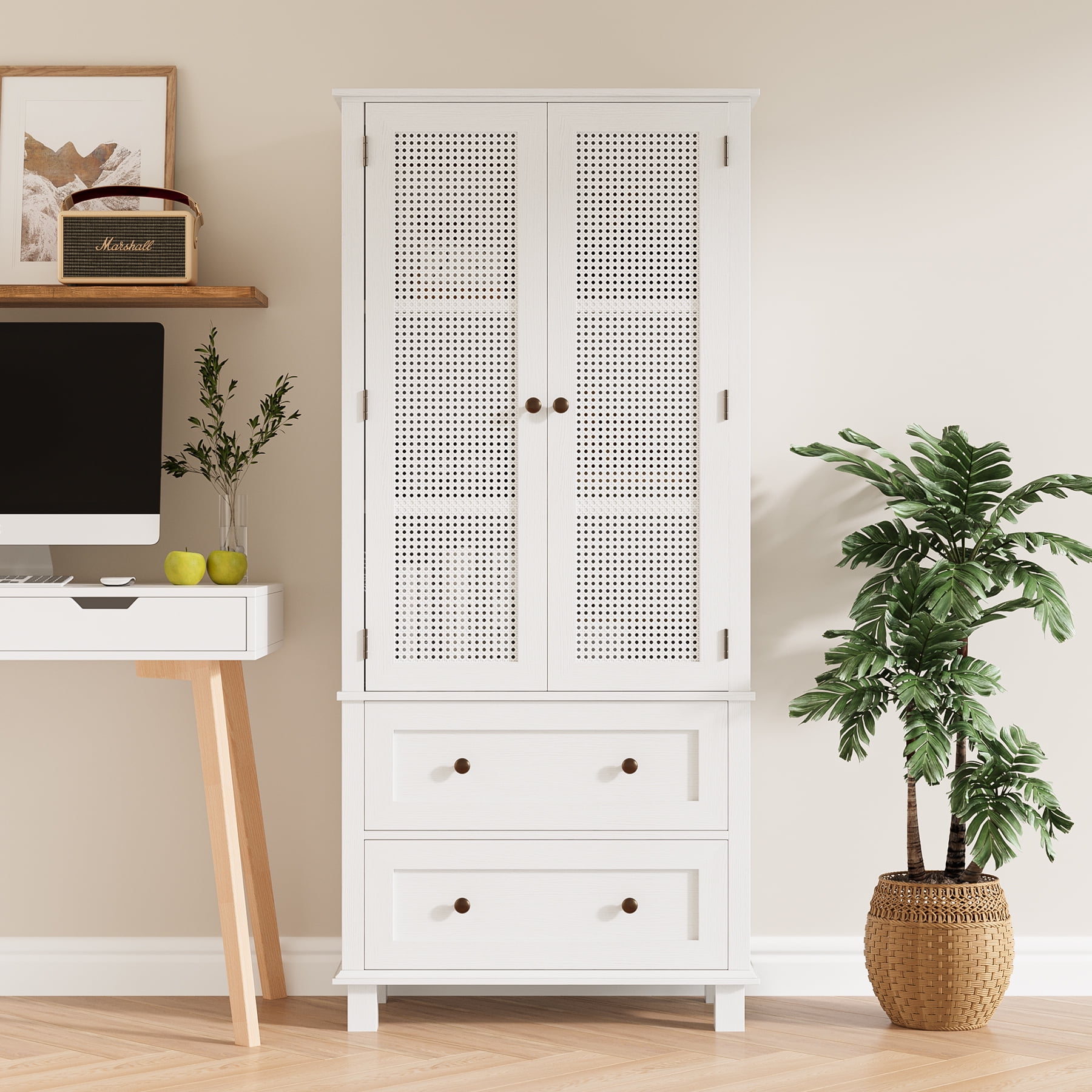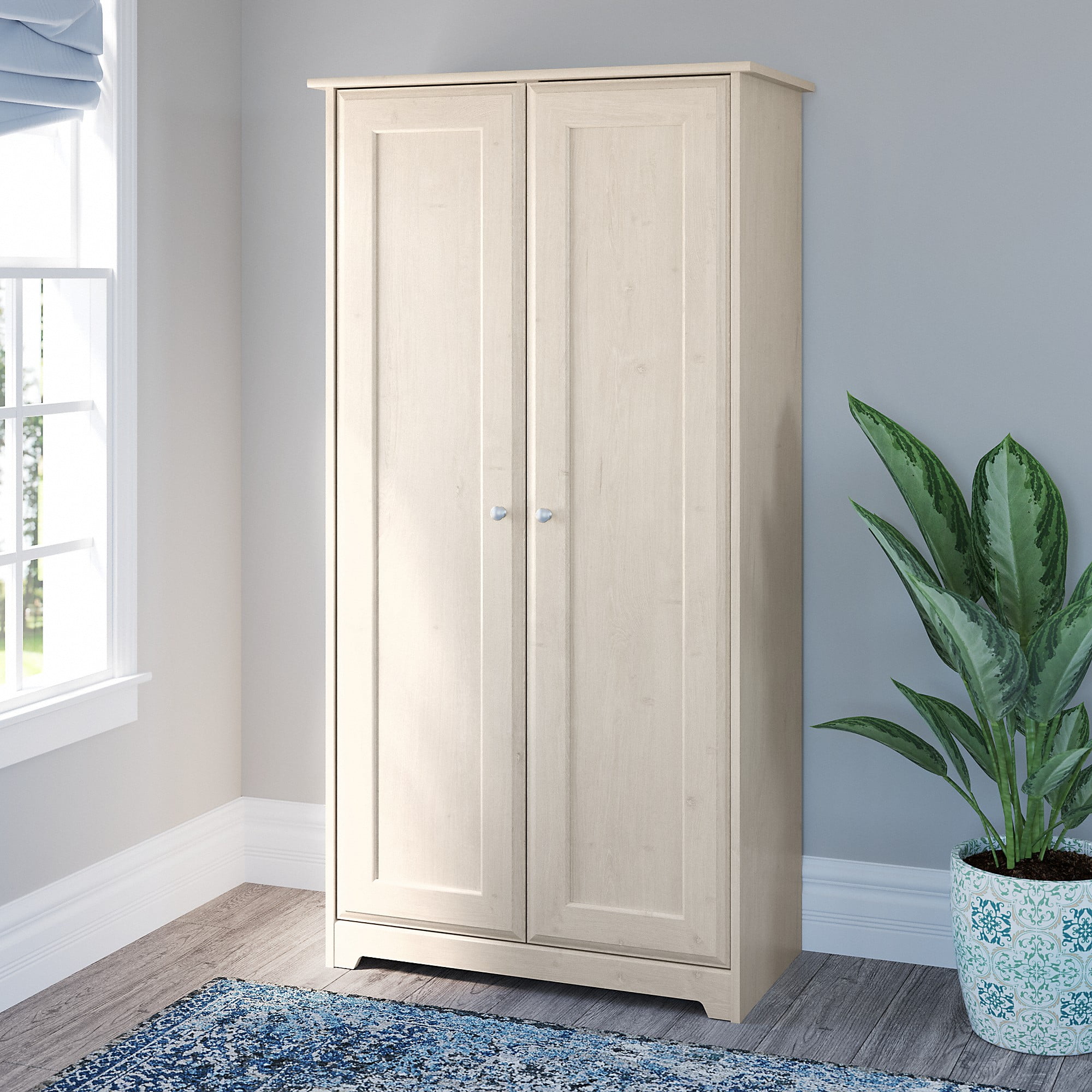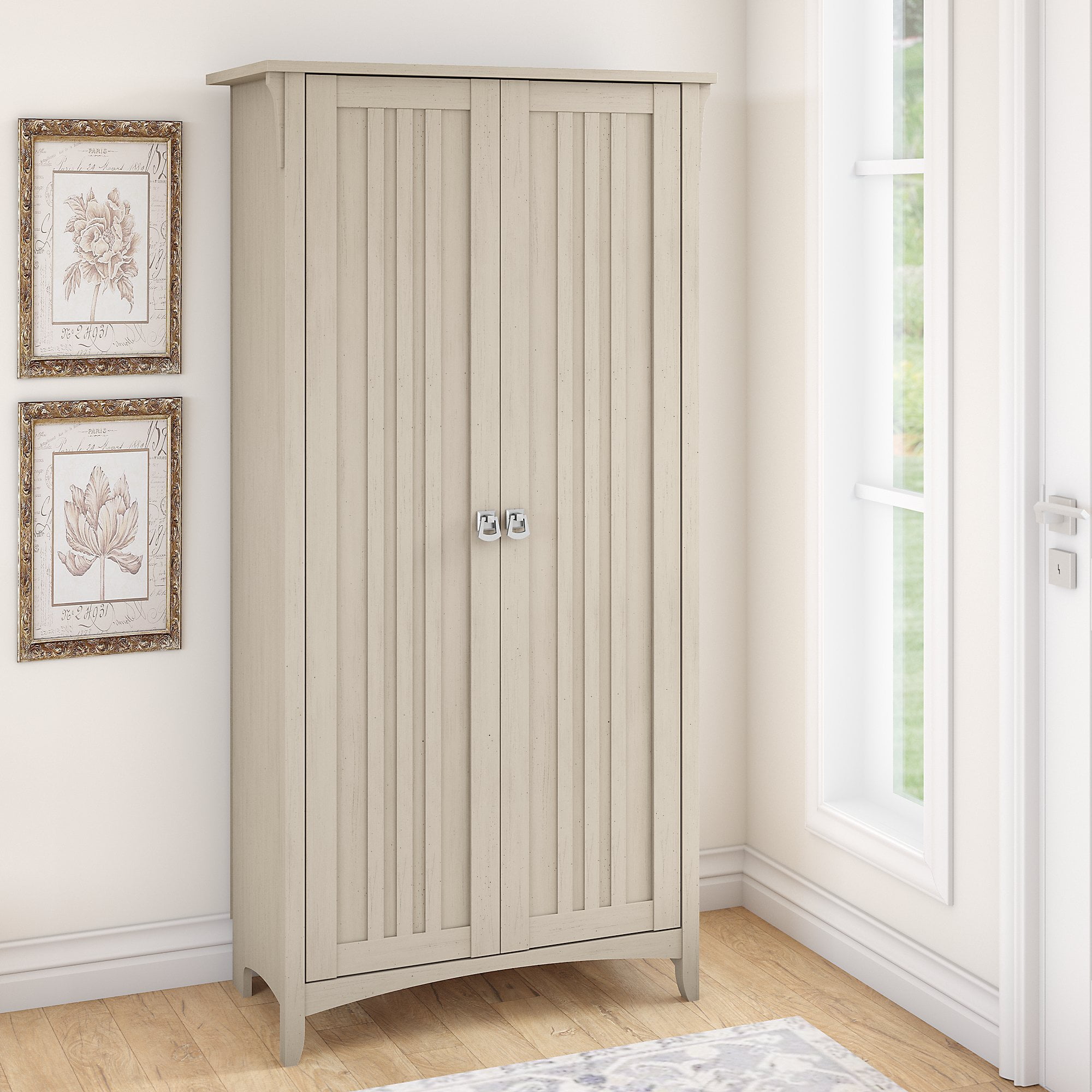Dimensions and Storage Capacity of Large 2-Door Cabinets: Large 2 Door Cabinet

Choosing the perfect large 2-door cabinet can feel like navigating a bustling Palembang pasar! But don’t worry, with a little understanding of dimensions and storage, you’ll find the ideal fit for your needs. This section will guide you through the typical sizes and capacities, helping you make an informed decision.
Typical Dimensions and Storage Capacity of Large 2-Door Cabinets
Cabinet Dimensions and Storage Capacity Examples
Large 2-door cabinets come in a wide variety of sizes, depending on the manufacturer and intended use. Generally, you can expect heights ranging from 60 inches to 90 inches, widths from 36 inches to 72 inches, and depths from 18 inches to 24 inches. However, these are just general ranges. Let’s look at some examples:
| Manufacturer | Model | Dimensions (H x W x D in inches) | Typical Storage Capacity (Cubic Feet) |
|---|---|---|---|
| Example Brand A | Model X | 72 x 48 x 24 | 72 |
| Example Brand B | Model Y | 60 x 36 x 18 | 30 |
| Example Brand C | Model Z | 84 x 60 x 22 | 92 |
Note: Storage capacity is an approximation and can vary based on the internal configuration and how efficiently the space is used. These are illustrative examples and actual dimensions and capacities may differ depending on the specific model and manufacturer.
Storage Capacity Comparison with Other Solutions
A large 2-door cabinet offers significantly more storage capacity compared to smaller cabinets or shelves. A typical large 2-door cabinet can hold the equivalent of several smaller cabinets or many shelves’ worth of items. For instance, a small cabinet might only hold a few sets of dishes, while a large 2-door cabinet could hold an entire kitchen’s worth. Similarly, a single shelf might only accommodate a few books, whereas a large cabinet could store hundreds. The advantage lies in the enclosed and organized space it provides, maximizing storage efficiency.
Impact of Internal Shelving Configurations
Internal shelving configurations significantly impact both storage capacity and organization. Adjustable shelves allow for customized storage solutions to accommodate items of varying sizes and shapes. For example, a deep shelf can hold bulky items like blankets, while shallower shelves are perfect for smaller items like books or dishes. Multiple shelves also create distinct zones for different categories of items, promoting better organization and making it easier to find what you need. A well-planned internal layout can make a huge difference in maximizing the usable space within the cabinet. Consider cabinets with multiple adjustable shelves, drawers, or even specialized compartments to optimize your storage capacity and organization.
Materials and Styles of Large 2-Door Cabinets

Choosing the perfect large 2-door cabinet involves considering both its functionality and aesthetic appeal. The right combination of materials and style can transform a simple storage solution into a stunning focal point in any room. Let’s explore the diverse options available to you!
Large 2 door cabinet – The materials used significantly impact the cabinet’s durability, appearance, and overall cost. Different materials offer unique advantages and disadvantages, catering to various tastes and budgets. Similarly, the design style can greatly influence the overall feel of a space, from a sleek modern look to a warm, rustic charm.
Cabinet Materials
A wide range of materials are employed in the construction of large 2-door cabinets, each with its own set of properties. The choice often depends on factors such as budget, desired aesthetic, and the intended use of the cabinet.
- Wood: A classic and versatile choice, offering warmth, durability, and a natural aesthetic. Various wood types, from sturdy oak to elegant cherry, provide different levels of hardness and grain patterns. Wood cabinets can be stained or painted to match any décor.
- Metal: Typically steel or aluminum, metal cabinets are known for their robustness and longevity. They are resistant to moisture and scratches, making them ideal for damp environments or high-traffic areas. However, they can be susceptible to dents and may require more maintenance to prevent rust.
- Plastic: A cost-effective option, plastic cabinets are lightweight and easy to clean. They come in a variety of colors and finishes, but their durability may not match that of wood or metal. They are also less resistant to scratches and dents.
- MDF (Medium-Density Fiberboard): A composite wood product, MDF is relatively inexpensive and provides a smooth surface ideal for painting or laminating. It’s less durable than solid wood, however, and is more susceptible to moisture damage.
- Plywood: A layered wood product offering strength and stability. Plywood cabinets are more durable than MDF but may not have the same aesthetic appeal as solid wood. It is relatively resistant to warping and moisture.
Cabinet Design Styles
The style of your cabinet plays a crucial role in complementing your existing home decor. Different styles evoke distinct moods and atmospheres, allowing for personalized expression.
- Modern: Modern cabinets are characterized by clean lines, minimalist designs, and a focus on functionality. They often feature sleek handles, neutral colors, and a lack of excessive ornamentation. Think of a simple, rectangular cabinet with a smooth, high-gloss finish in a shade of white or gray.
- Traditional: Traditional cabinets often incorporate ornate details, such as carvings, raised panels, and decorative moldings. They usually feature darker wood tones and more elaborate hardware. Imagine a cabinet made of rich mahogany with detailed carvings and brass handles.
- Rustic: Rustic cabinets emphasize natural materials and a weathered appearance. They often showcase the natural grain and texture of the wood, sometimes with distressed finishes or visible knots. Picture a cabinet made of reclaimed wood with a slightly rough texture and simple, wrought-iron hardware.
Material Comparison
The following table provides a comparative overview of the pros and cons of different cabinet materials.
| Material | Durability | Aesthetics | Cost |
|---|---|---|---|
| Wood | High (varies by type) | High (versatile) | Medium to High |
| Metal | High | Medium (can be sleek or industrial) | Medium |
| Plastic | Low | Medium (wide range of colors) | Low |
| MDF | Medium-Low | Medium (easily customizable) | Low |
| Plywood | Medium-High | Medium (less visually appealing than solid wood) | Medium |
Uses and Applications of Large 2-Door Cabinets

Large 2-door cabinets are incredibly versatile pieces of furniture, offering ample storage space for a wide variety of items in various settings. Their adaptability makes them a practical choice for homes, offices, and even garages, providing organized storage solutions wherever they’re placed. Let’s explore their diverse applications.
Examples of Large 2-Door Cabinet Use in Different Settings, Large 2 door cabinet
Large 2-door cabinets offer significant storage solutions across many environments. Their adaptability allows them to seamlessly integrate into various spaces, fulfilling diverse storage needs.
- Home: In bedrooms, they can store linens, extra clothing, or seasonal items. In living rooms, they can hold board games, media equipment, or extra blankets. Kitchens can benefit from cabinets storing pantry staples, cookware, or appliances.
- Office: Large 2-door cabinets are ideal for storing files, office supplies, and equipment. They can help maintain a tidy and organized workspace, improving productivity.
- Garage: These cabinets provide excellent storage for tools, sporting equipment, seasonal decorations, or automotive supplies, keeping the garage clutter-free and organized.
Optimal Use of a Large 2-Door Cabinet in a Home Office
Imagine a home office featuring a large, dark-stained oak 2-door cabinet against a crisp white wall. This cabinet, approximately 72 inches tall, 48 inches wide, and 24 inches deep, stands as the centerpiece of the organized workspace.
The left door reveals adjustable shelving, neatly storing a collection of bound legal documents and reference books. The right door houses hanging files, categorized by client name and project. Lower shelves hold a printer, extra paper, and office supply organizers. The top shelf displays a small, potted plant, adding a touch of life to the workspace. This arrangement efficiently utilizes the cabinet’s space, ensuring easy access to frequently used items. The cabinet’s substantial size provides ample storage, reducing clutter and maximizing the feeling of spaciousness within the home office.
Potential Modifications and Add-ons to Enhance Functionality
Adding features can significantly improve a large 2-door cabinet’s utility and organization.
- Internal Drawers: Adding drawers to the cabinet provides dedicated storage for smaller items, preventing them from getting lost among larger objects.
- Adjustable Shelving: Adjustable shelves allow for customized organization based on the size and shape of stored items.
- Locking Mechanisms: For added security, locks can protect sensitive documents or valuable items stored within the cabinet.
- Pull-Out Drawers: Pull-out drawers for heavier items, like tools or equipment, make access much easier and safer than reaching into deep shelves.
- Specialty Racks: Racks designed for specific items, such as shoe racks or tie racks, can optimize space and organization.
